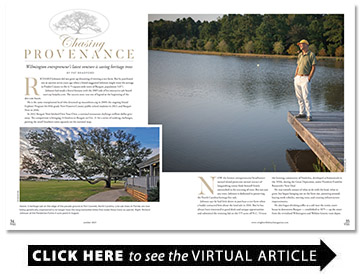Chasing Provenance
Wilmington entrepreneur’s latest venture is saving heritage trees
BY Pat Bradford
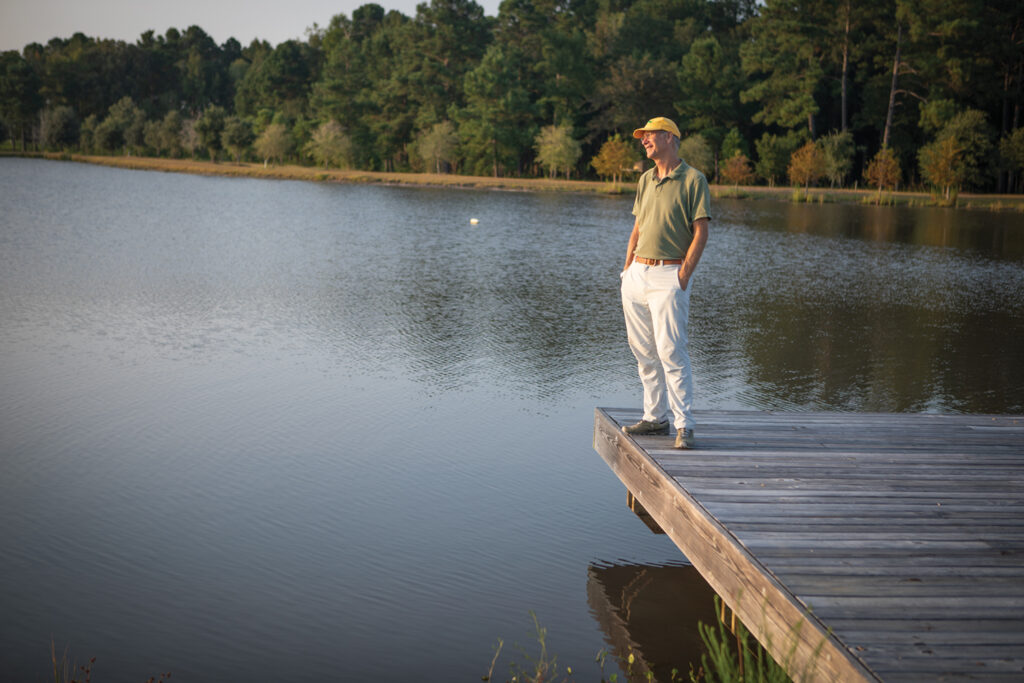
Richard Johnson did not grow up dreaming of owning a tree farm. But he purchased one at auction seven years ago when a friend suggested Johnson might want the acreage in Pender County in the 4.75-square-mile town of Burgaw, population 3,071.
Johnson had made a literal fortune with the 2005 sale of his interactive job board start-up hotjobs.com. The success story was one of legend at the beginning of the dot-com boom.
He is the same transplanted local who dreamed up masonboro.org in 2009; the ongoing Island Explorer Program for fifth-grade New Hanover County public school students in 2013; and Burgaw Now in 2016.
In 2022 Burgaw Now birthed Own Your Own, a national restaurant challenge million-dollar giveaway. The competition is bringing 24 finalists to Burgaw on Oct. 21 for a series of cooking challenges, putting the small Southern town squarely on the national map.
Now the former entrepreneurial headhunter turned island protector turned rescuer of languishing towns finds himself firmly entrenched in the rescuing of trees. But not just any trees. Johnson is dedicated to preserving the North Carolina heritage live oak.
Johnson says he had little desire to purchase a tree farm when a buddy contacted him about the land sale in 2016. But he has always been interested in good deals and unique opportunities and submitted the winning bid on the 575 acres off N.C. 53 near the farming community of Penderlea, developed as homesteads in the 1930s, during the Great Depression, under President Franklin Roosevelt’s New Deal.
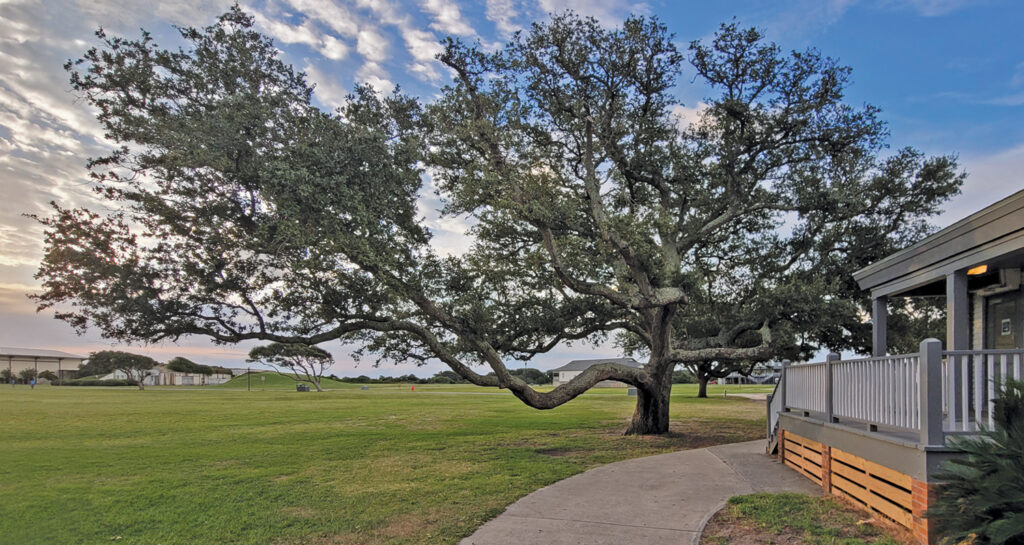
He was initially unsure of what to do with the land, what to grow, but began hanging out on the farm site, puttering around, buying work vehicles, moving trees, and creating infrastructure improvements.
He also began drinking coffee at a café near the iconic courthouse in downtown Burgaw — established in 1879 — up the street from the revitalized Wilmington and Weldon historic train depot.
He’d walk the empty streets and marvel at the vacant store fronts and the dearth of cars and pedestrians. He recognized a dying town and set about buying up buildings and improving them, changing the town as only a Richard Johnson can.
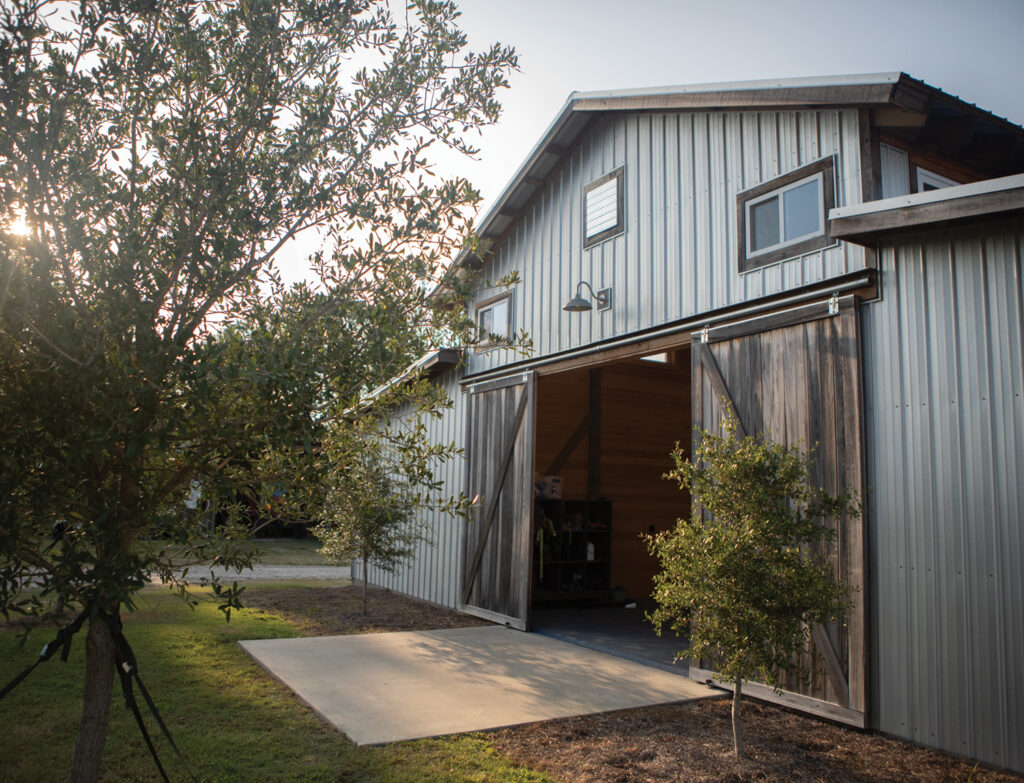
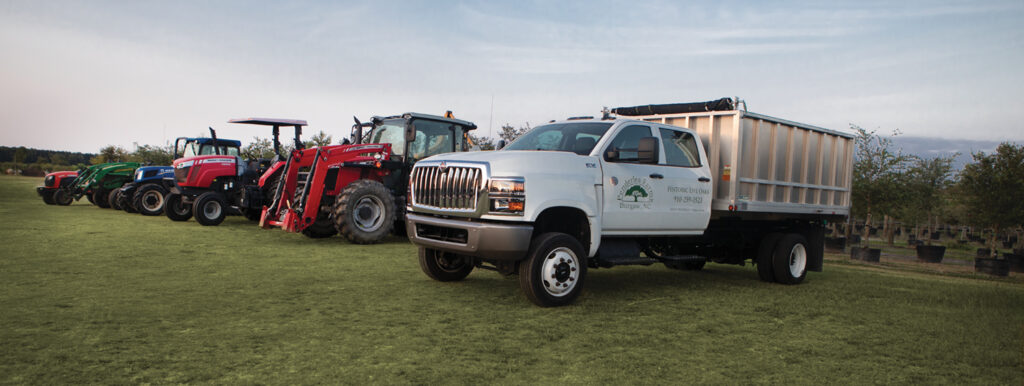
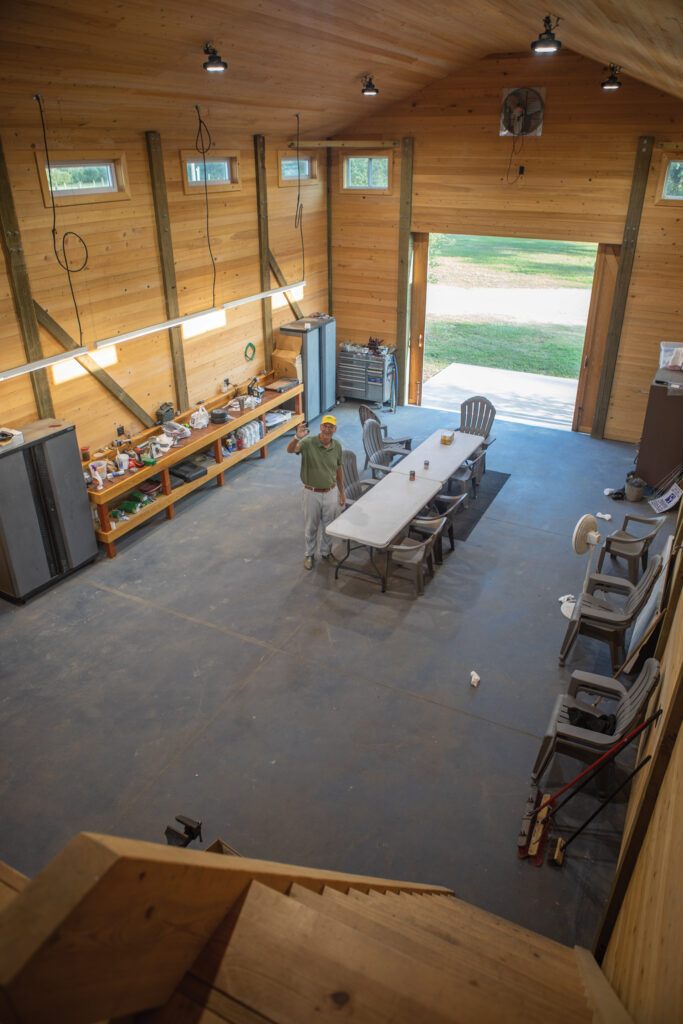
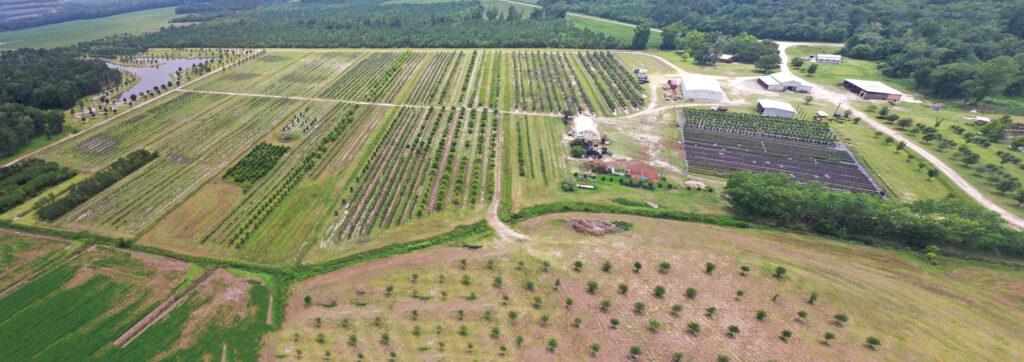
Eventually he came full circle to the idea of planting trees on the land that had been a tree farm. The property already had more than 1,000 live oaks in the ground.
“I bought the farm and I gave myself three years to figure out what I was gonna do with it. Then I decided it had been a tree nursery for 50 years, maybe I should make it a tree nursery, but I will never know enough about a tree nursery to do that. So, I figured out I should focus on just one product,” he says.
The farm produced approximately 150 different products under the previous owner. Johnson settled on one: live oaks.
“I love live oaks, but there’s a reason to focus on live oaks,” he says. “Eighty percent of the live oaks commercially grown today are grown in Florida, and about 20 years ago they started genetically altering them. So, the trees that you grew up with, the trees I loved when I moved to Wilmington, the iconic trees that grow as wide as they grow tall, the Airlie Garden trees, those you will just never see coming out of Florida anymore. A municipality passed a law that no tree with greater than a 45-degree angle can be sold to a municipality, a tree can’t be wider than it was tall.”
Johnson believes the significant live oak north on U.S. 17 came from his farm and he believes the same about the trees around the Wrightsville Beach Loop.
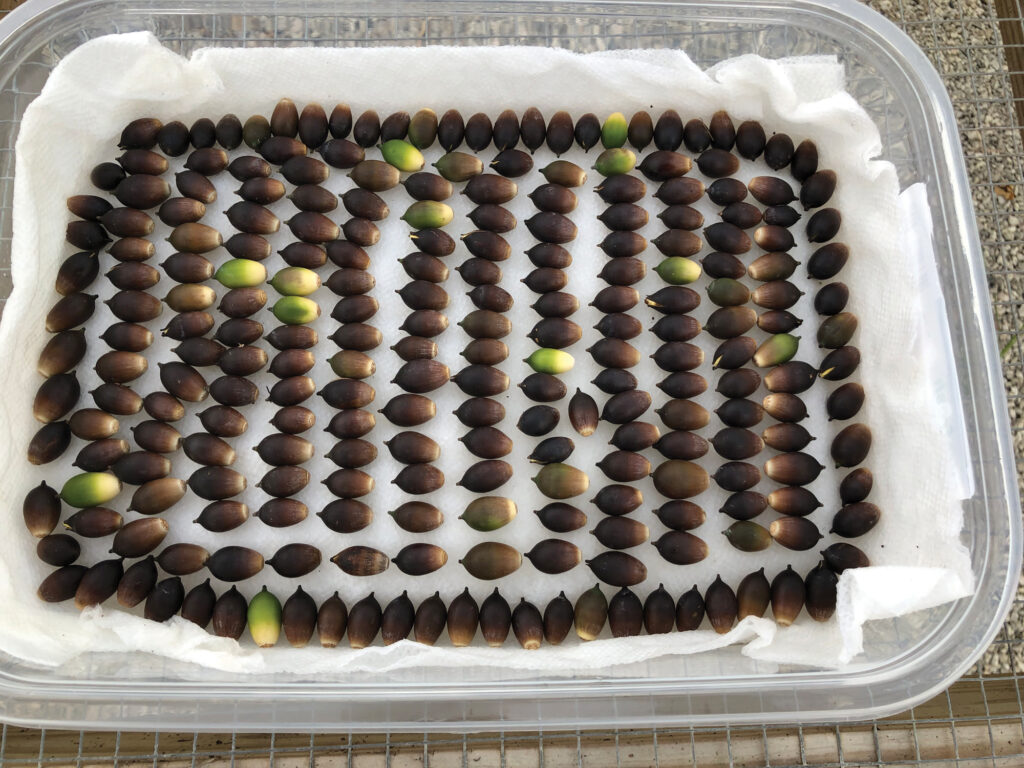
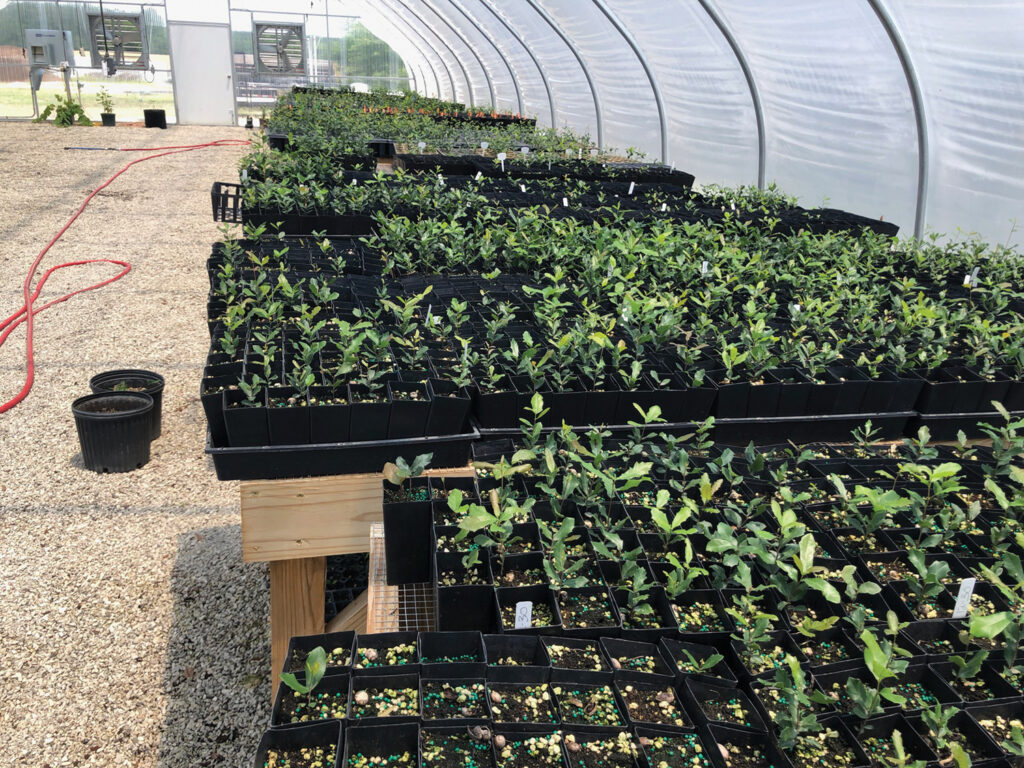
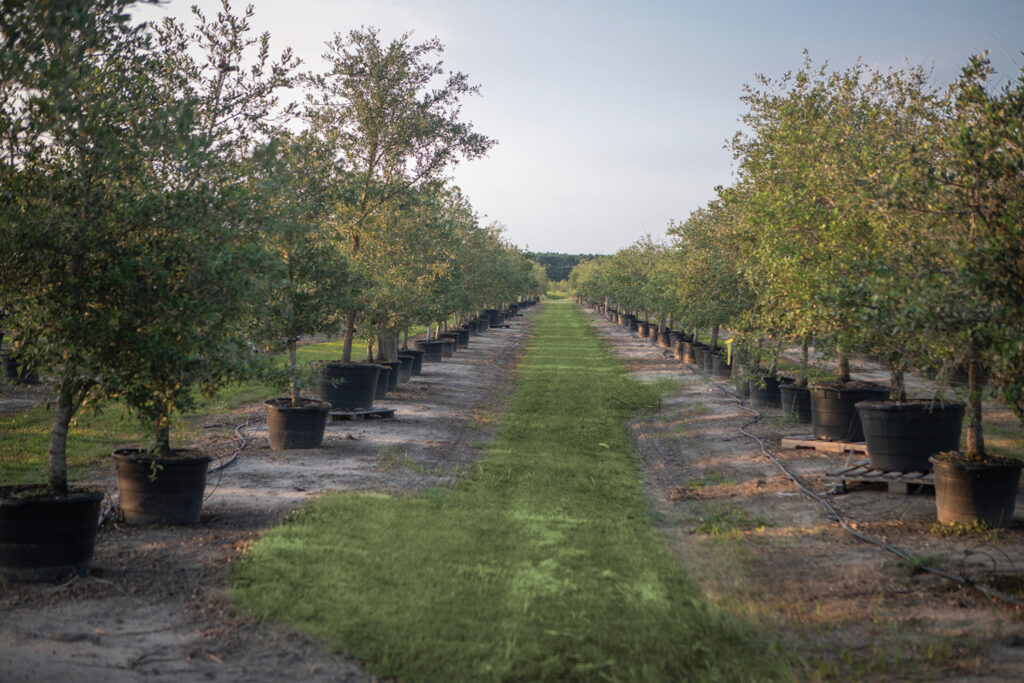
He made a partnership with Airlie Gardens to pick acorns from the Airlie oaks.
“I decided I was gonna raise trees that for the most part come from acorns that were from trees which I could chase the provenance back to pre-Columbus,” he says. “So, all the trees I’m picking are genetically diverse and North Carolinian.”
He says a tree raised in Florida with fertilizer, in sand, will die if moved north at the wrong time of the year because of differences in acclimation, disease and rot.
Johnson’s goal is to bring back the Southeastern North Carolina and South Carolina archetypal live oaks.
On the farm, he rebuilt structures that he liked to something similar so it’s hard to distinguish what’s original and what’s a creation of Johnson’s visionary imagination.
A picturesque shed opposite the farmhouse was to have been former owner Dave Howard’s roadside stand after converting from growing trees to vegetables. It is now refurbished and enlarged to include office space for sales and a tree center to provide everything people need to take care of their live oaks, as well as a retail display space for all the trees.
There’s a barn and loft that has become an education center and wedding venue.
There are seed-sprouting incubators and trees in containers from 2 inches tall to mature trees.
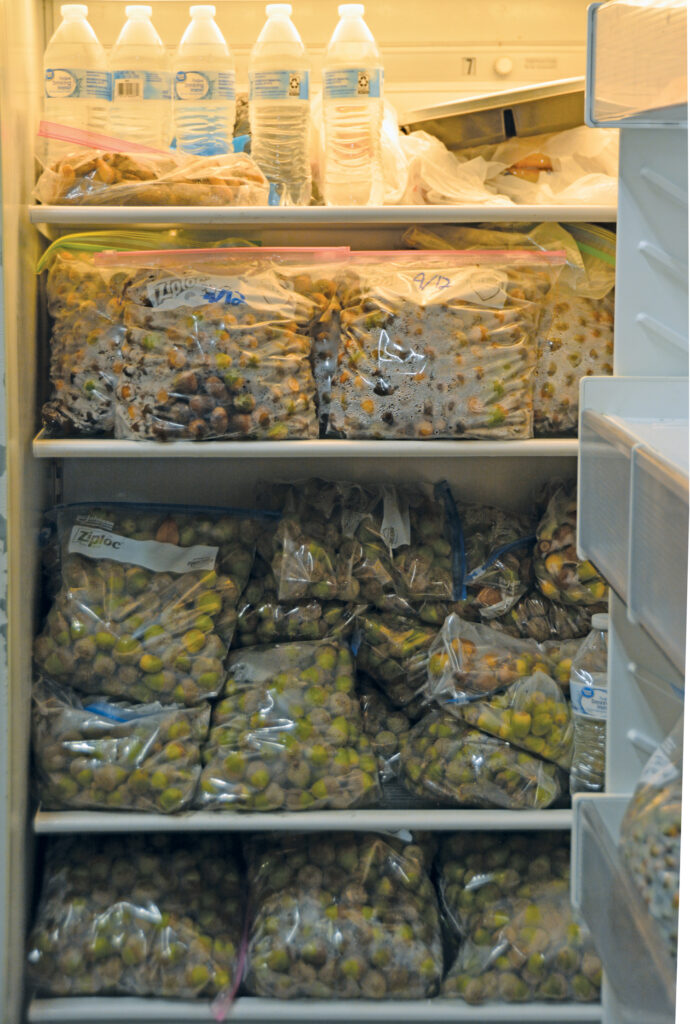
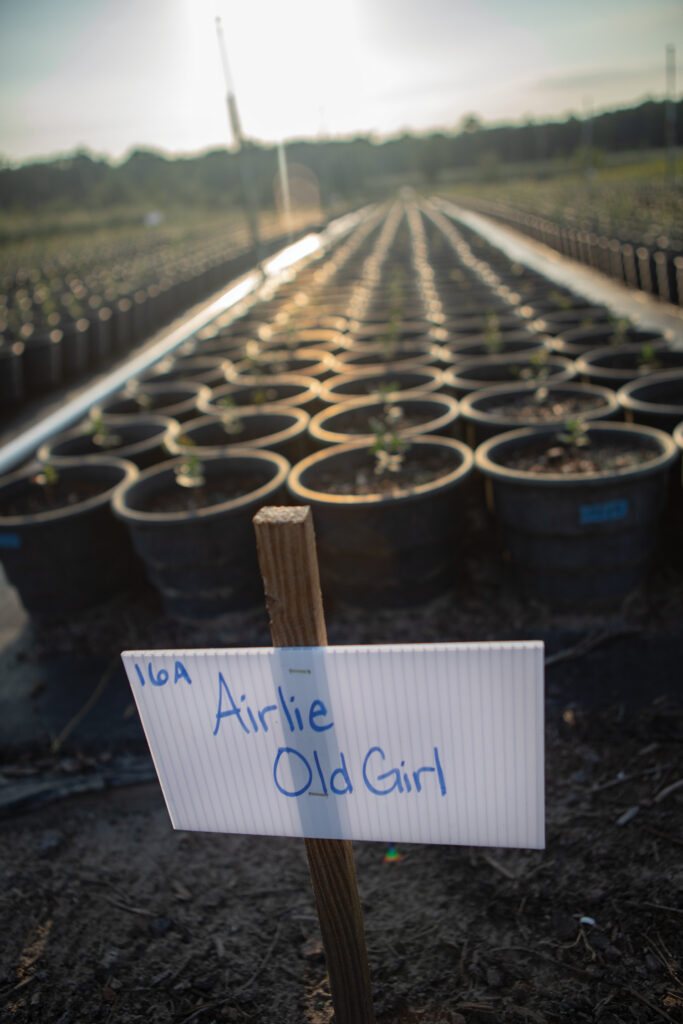
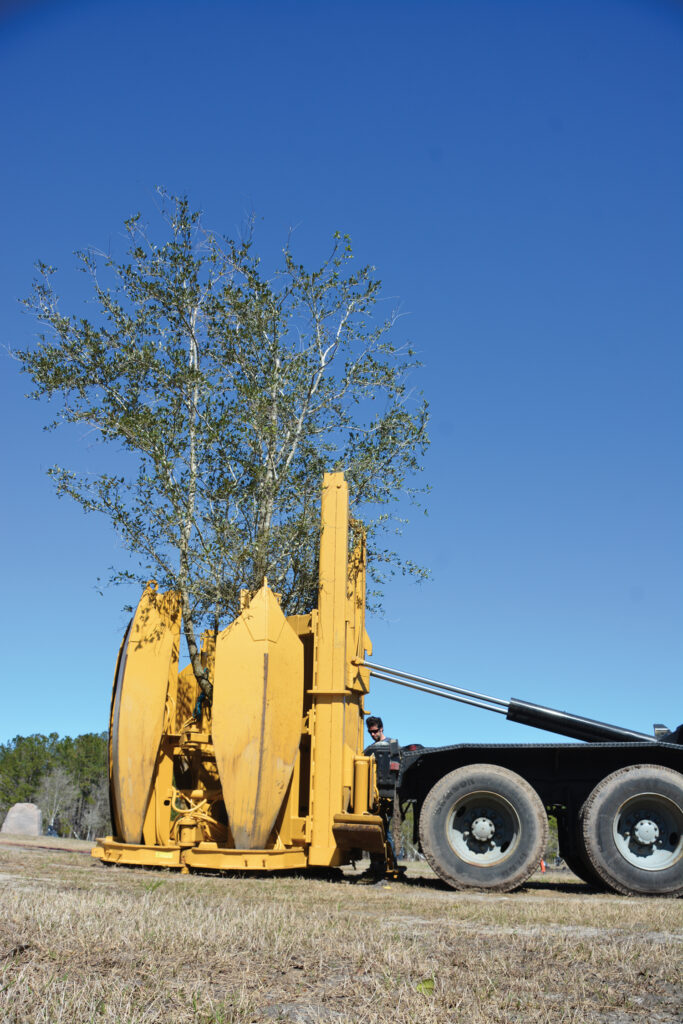
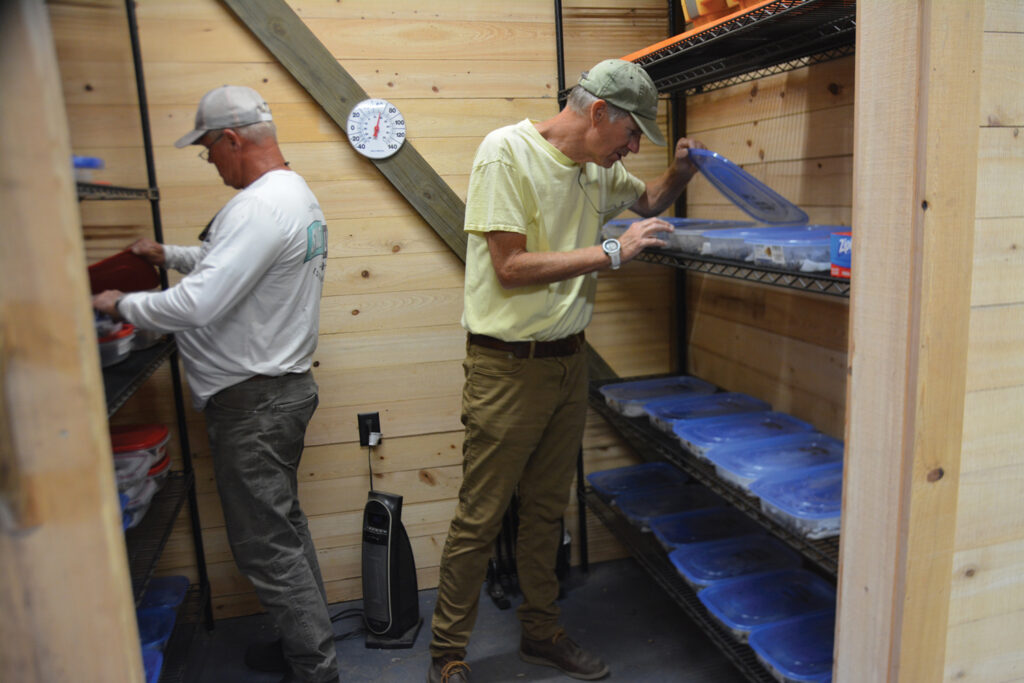
He hired a growing team and a farm manager. He has about 90 acres planted, and leases out land he is not using. His farmland is surrounded by Godwins and Corbetts. (Properties belonging to longtime landowners.)
After initially focusing just on live oaks, he has diversified into cypress and longleaf pine and a few different varieties of oaks, including 11,000 swamp chestnut oaks from acorns.
It takes four or five years to have a product.
“In 2019 we picked our first acorns,” Johnson says. “When we pick up acorns, we incubate them in the barn in a controlled environment. When you pick them within five days, they sprout a little foot.”
Four years later, he has trees sprouted from those acorns hand-picked from notable live oak trees in the region including the George Washington tree in Hampstead, the Wrightsville Beach Loop, Airlie Gardens, Carolina Beach State Park and Fort Fisher.
“Wrightsville Beach saved us, because two years ago there were no acorns anywhere. Nowhere. Last year we got 8,000 acorns from Airlie, the year before we got 300,” Johnson says.
Acorns are pickable in October and November.
The greenhouse can hold about 22,000 trees.
This next year is his year.
“I will go from the 300 trees I’m selling this year to over 4,000 trees,” Johnson says.
He’s geared his operation toward providing trees in 25-gallon containers to developers and landscapers.
“Those trees take five years to grow. Developers have to meet a certain standard of what they’re required to plant. The specifications are a part of your zoning when you get permitted for a development, they can’t cheap out and put in little tiny trees,” he says.
The trees are grown in containers sized from 3 to 65 gallons and have a unique feature that does not allow root girdling.
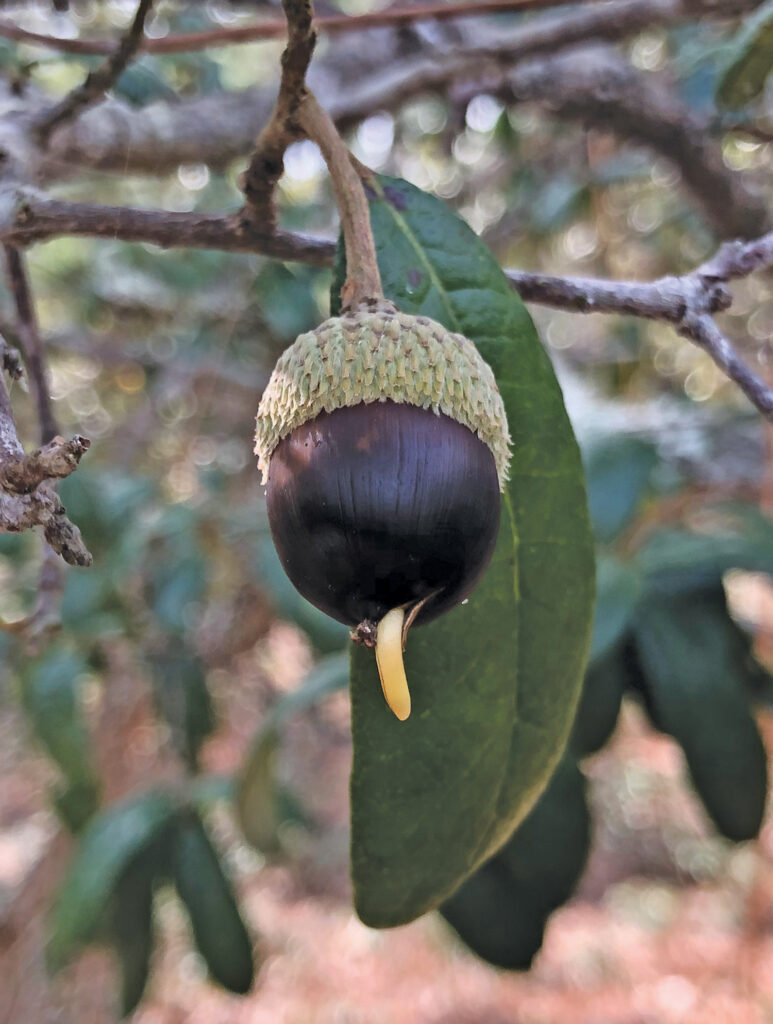
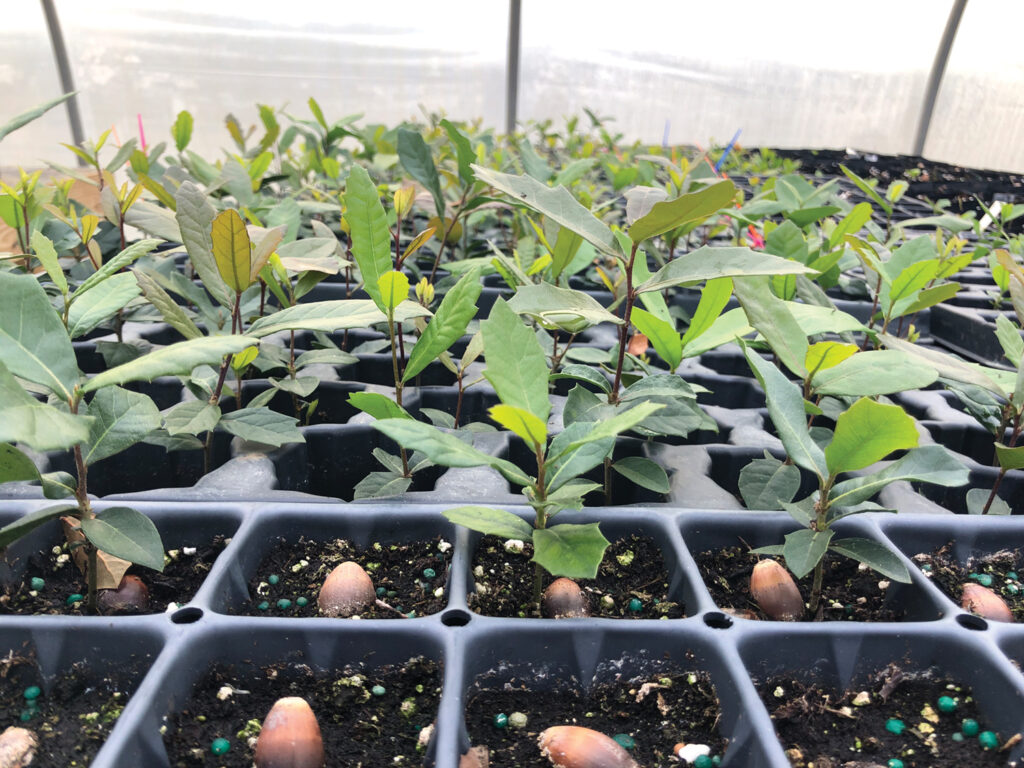
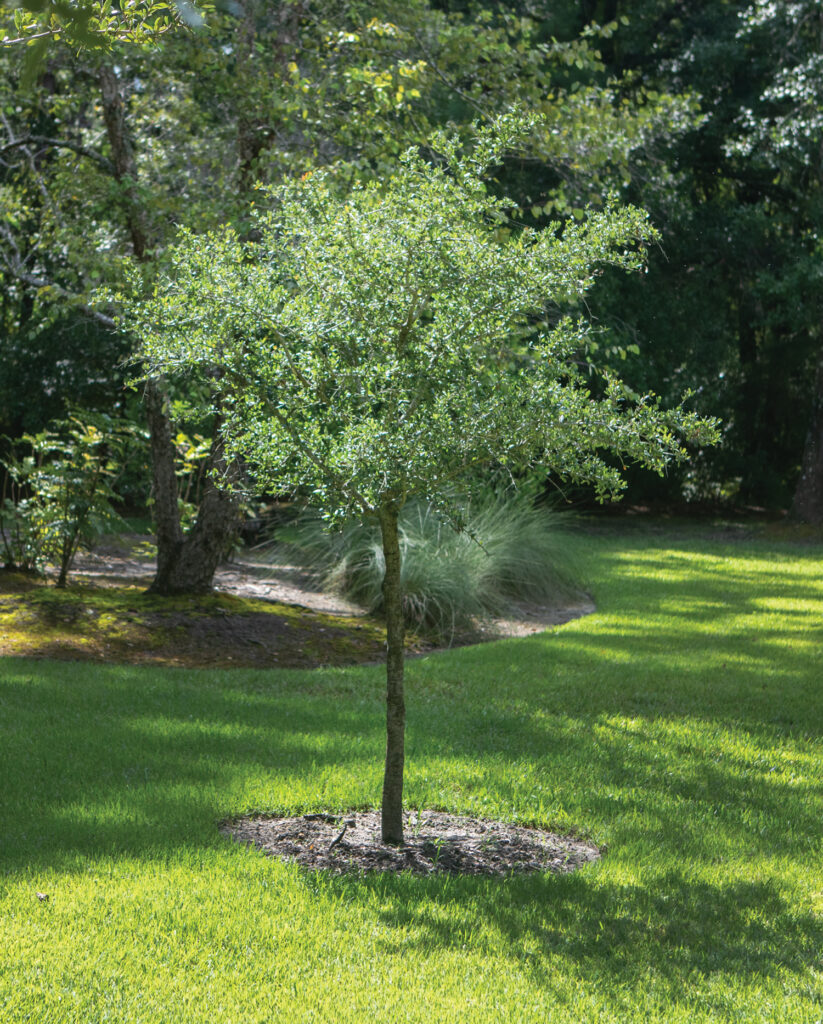
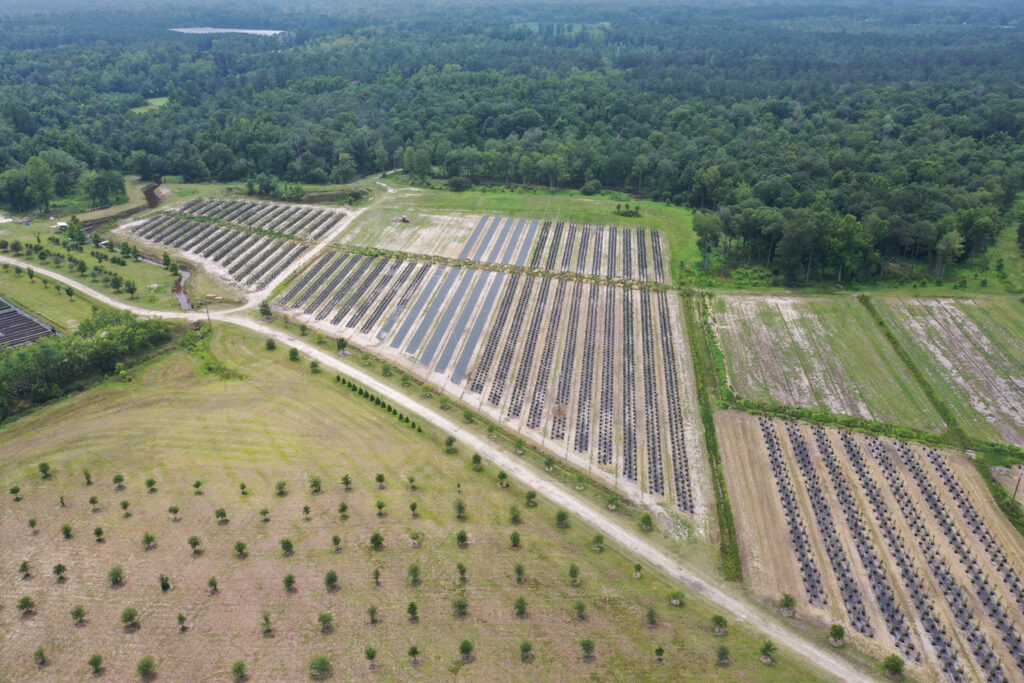
“We’ve now learned enough that we’re just going to grow in containers,” he says.
Trees are moved from smaller containers to larger and go into the ground when they reach that level of maturity.
First, he planted a 30-acre grove. Then a second 30-acre grove. He has 30,000 trees in just one grove.
The farm has tree spades in increasing size, including an 84-inch spade for big trees up to 8.5 caliper.
The Penderlea Farms trees are laid out in neat rows of maturing trees reminiscent of a vineyard.
The south part of the property contains the older, bigger trees, 7- to 8-years-old, kept standing by a unique cable system that he invested in after research. He invested in irrigation.
Wild turkeys roam the property.
Johnson dug a four acre pond, now stocked with fish, and planted 200 trees around the pond.
As his trees were growing, Johnson and his family weathered the covid years at their Masonboro Sound home and pondside at Penderlea Farms.
Before 2019, he had bought 3,000 trees just for his own use. He has been selling those.
He says 80 to 90 percent of his market is going to be to wholesalers and landscapers, along with a lot of developments. The rest will be homeowners wanting to improve their treescape, or those looking to replace trees lost to storms.
Johnson says there’s a real need for what he’s doing because the coast is losing so many trees to hurricanes and development.
In 2018 Hurricane Florence took out large and small trees in every coastal county. The storm wiped out most of the historic live oaks surrounding the Burgaw courthouse square. The storm damage forced the courthouse staff to vacate the landmark building for repairs and Johnson had space for them to rent in vacant buildings he had purchased and improved just across the street.
Johnson is widely known for his philanthropy and generosity. He has given away a lot of trees.
“We are already the largest grower of live oaks in North Carolina, South Carolina, and Georgia,” he says.
